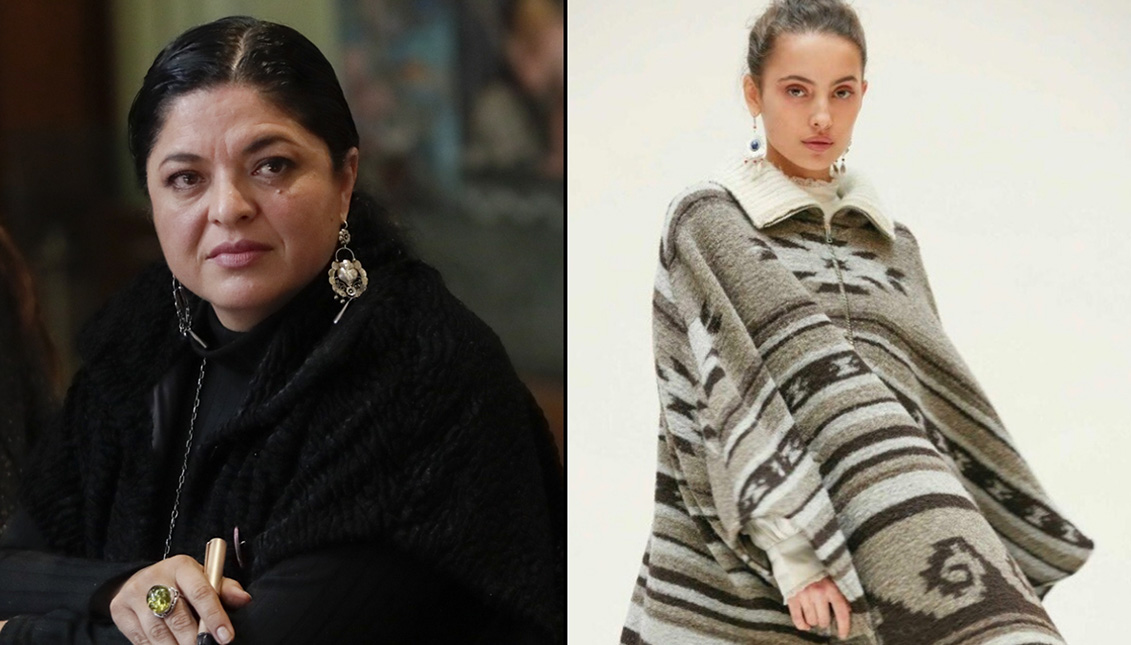
Mexico is at war against cultural appropriation on the catwalk
Carolina Herrera, Louis Vuitton and now Isabel Marant are some of the renowned designers accused of using the cultural symbols from the country's indigenous…
The boundaries between inspiration, tribute and plagiarism are often blurred. That's especially because everything is already invented and culture is, so to speak, a sum of origins and narratives that come from many parts. But when the sacred symbols of a socially and economically vulnerable collective are placed at the center of the debate and used for the gain of others, the old ghosts of colonization — and its contemporary processes — sound the alarm.
Not only in the United States, but in countries like Mexico, which has long been in a race against cultural appropriation in fashion through its most tireless fighter, the Head of Mexican Culture Alejandra Frausto. Throughout her time in office, she has not blinked to take on designers of the stature of Carolina Herrera or Louis Vuitton to protect the interests of the country's indigenous peoples.
Now Fraustro returns to the scene with French designer Isabel Marant, who has incorporated designs from communities in Michoacán, Tlaxcala, San Luis Potosí and Oaxaca into her new winter runway collection. As she had already done in 2015, the Secretary recalled, when Marant used the typical embroidery on the blouses of the indigenous populations of Santa María de Tlahuitoltepec (Oaxaca) for one of her collections. These designs sold for around $290 per garment — 10 times more expensive than the originals.
Frausto accuses the designer of trying to privatize a collective property, "making use of cultural elements whose origin is fully documented," she explained to Marant in writing. The politician also pointed out that garments such as the "gabin" cape are "the product of a collective creativity that reveals a biocultural thought and shows the intangible part of the cosmovision of a people originating from Mexico."
The Mexican Senate has denounced the French designer for taking advantage of people such as the Purepecha, located in Michoacán. They also said if she uses their iconography, she should share the benefits with them — a claim that had already been made to other designers — but had no effect on the local communities that inspire their creations to date.
RELATED CONTENT
In the summer of 2019, Carolina Herrera ignited the controversy by presenting a white dress with an embroidery of plants and animals in a collection that was inspired by the community of Tenango de Doria (Hidalgo). The community represents the history of their community with the motifs, where "each element has a personal, family and community meaning," denounced AMLO's government.
While Herrera's creative director, Wes Gordon, rushed to make a statement assuring the garments paid homage to the "richness of Mexican culture" and praised the "marvelous artisan work" of the country, the Minister of Culture took the opportunity to "make a call of attention and put on the table a subject that cannot be postponed: to promote inclusion and make visible the invisible."
Despite complaints from the executive, there has been no relevant progress in changing the legislation to protect the creations of indigenous communities. These tugs on the ear have been so ineffective on the greats of the catwalk that the Subsecretary of Cultural Diversity and Promotion of Reading, Natalia Toledo, said at a public event that "we are working from the perspective of indigenous thought, through spells and proverbs that have the native peoples about plagiarism."
Literally or figuratively, where the laws do not reach, so do the shamans.











LEAVE A COMMENT: